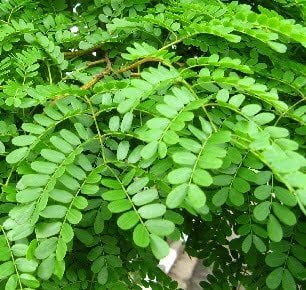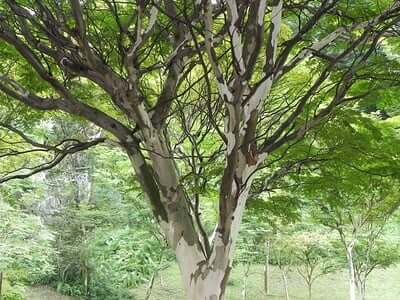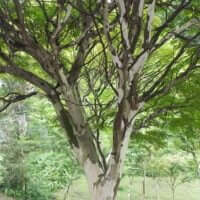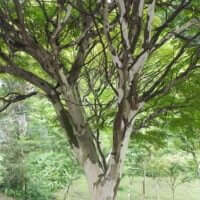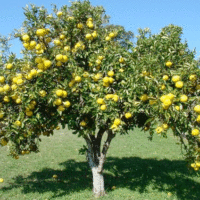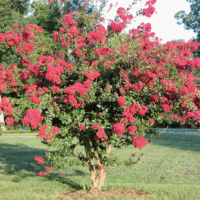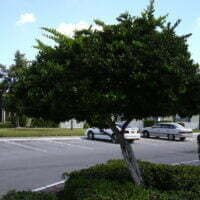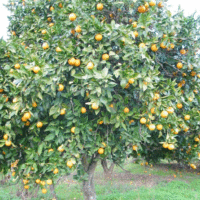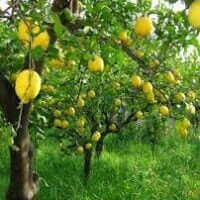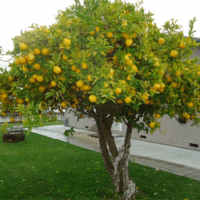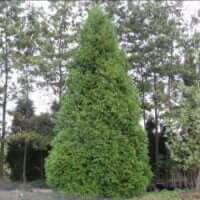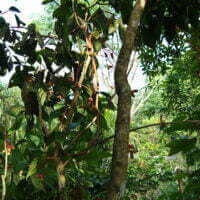| Botanical name | Caesalpinia ferrea |
|---|---|
| Plant Care |  Deciduous Deciduous – Sheds Its Leaves Annually  Full Sun Full Sun – Prefers 6 or more hours of sun per day. Frost Hardy Frost Hardy – Can Handle frost without damage.  Moderate Watering Moderate Watering – Requires Regular Watering.  Low Maintenance Low Maintenance – Requires little maintenance.  Non Indigenous Non Indigenous – Exotic to South Africa. |
| Size | |
| Categories | |
| Flowers | January February March December Bears yellow flowers in summer. |
| Common name(s) | Leopard Tree |
| Origin | |
| Foliage | It has attractive, acacia-like foliage that is rosy red when it emerges in spring. |
| Growth rate | Slow |
| Interesting info | Casts light shade. |
| Other languages | Luiperdboom (A) |
| Bark | The leopard tree is so named because of its beautifully marked bark. |
Caesalpinia ferrea (Leopard Tree)
- Botanical name: Caesalpinia ferrea
- Common name(s): Leopard Tree
- Categories: Trees
Plant description:
One of the most attractive trees from Brazil, the leopard tree is so named because of its beautifully marked bark. It has attractive, acacia-like foliage that is rosy red when it emerges in spring, and bears yellow flowers in summer. This deciduous tree casts such a light shade that it is possible to grow grass beneath it. I t is fairly fast growing, although its large size means that it is not suitable for small gardens.
Family: –
Synonym: –
Botanical Pronunciation: see-zal-PlN-ee-a
Caesalpinia ferrea requirements and features
info on these icons
Moderate Maintenance
Requires moderate maintenance.
Prohibited Use Notice: No Data Scraping Allowed Except for Search Engine Indexing:
The content provided on PlantInfo.co.za is intended for personal, non-commercial use only. Unauthorized extraction, reproduction, or use of the data, including scraping, for any purpose other than search engine indexing is strictly prohibited. Violations of these terms may result in legal action. By accessing and using this website, you agree to comply with these conditions and acknowledge the legal restrictions on the use of our content.
January February March December Bears yellow flowers in summer. 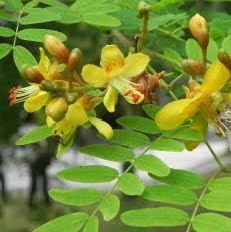
It has attractive, acacia-like foliage that is rosy red when it emerges in spring.
